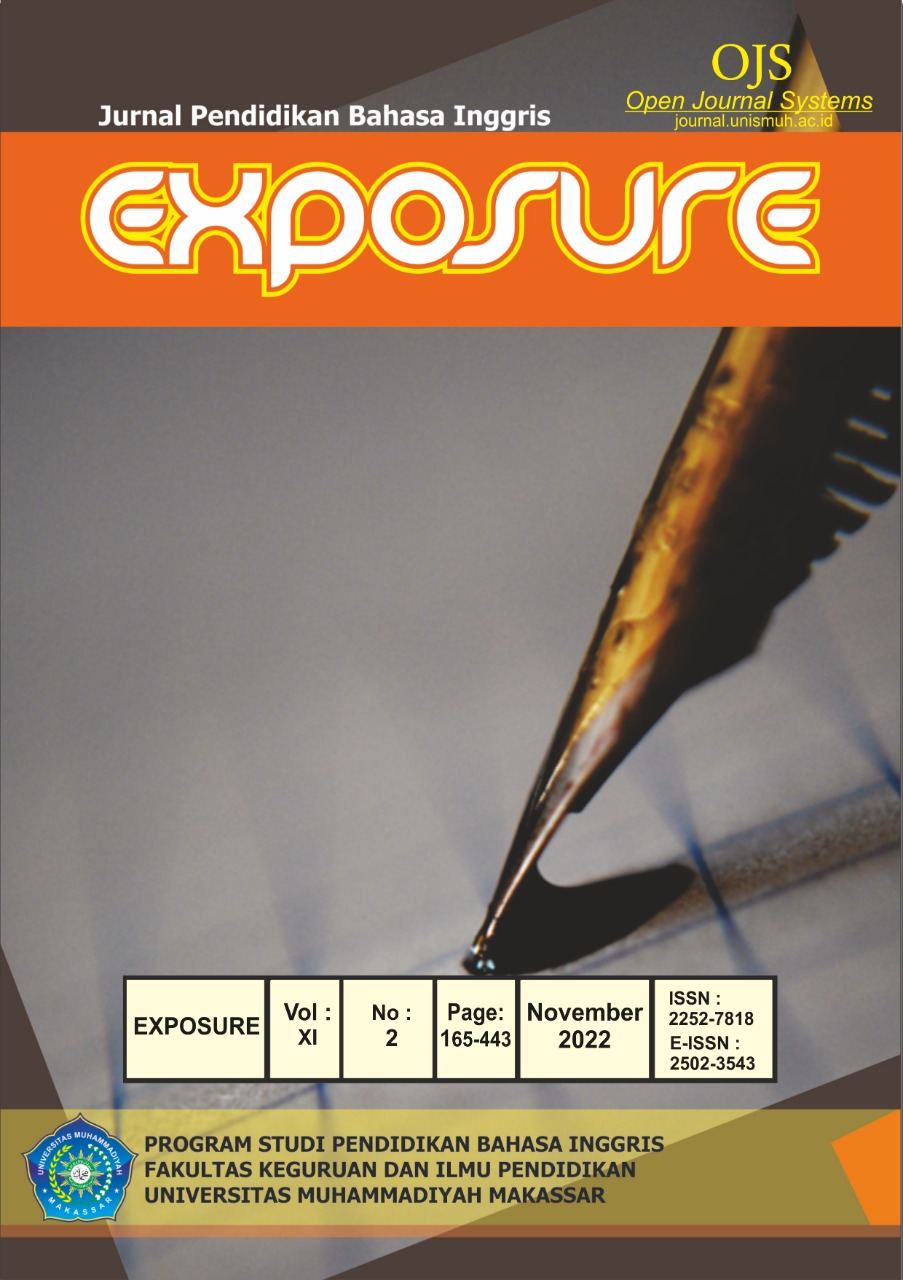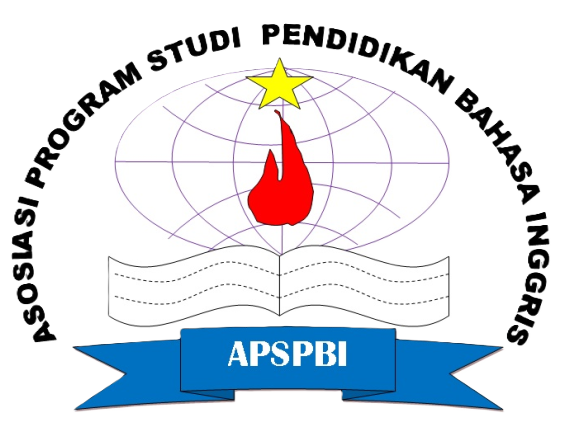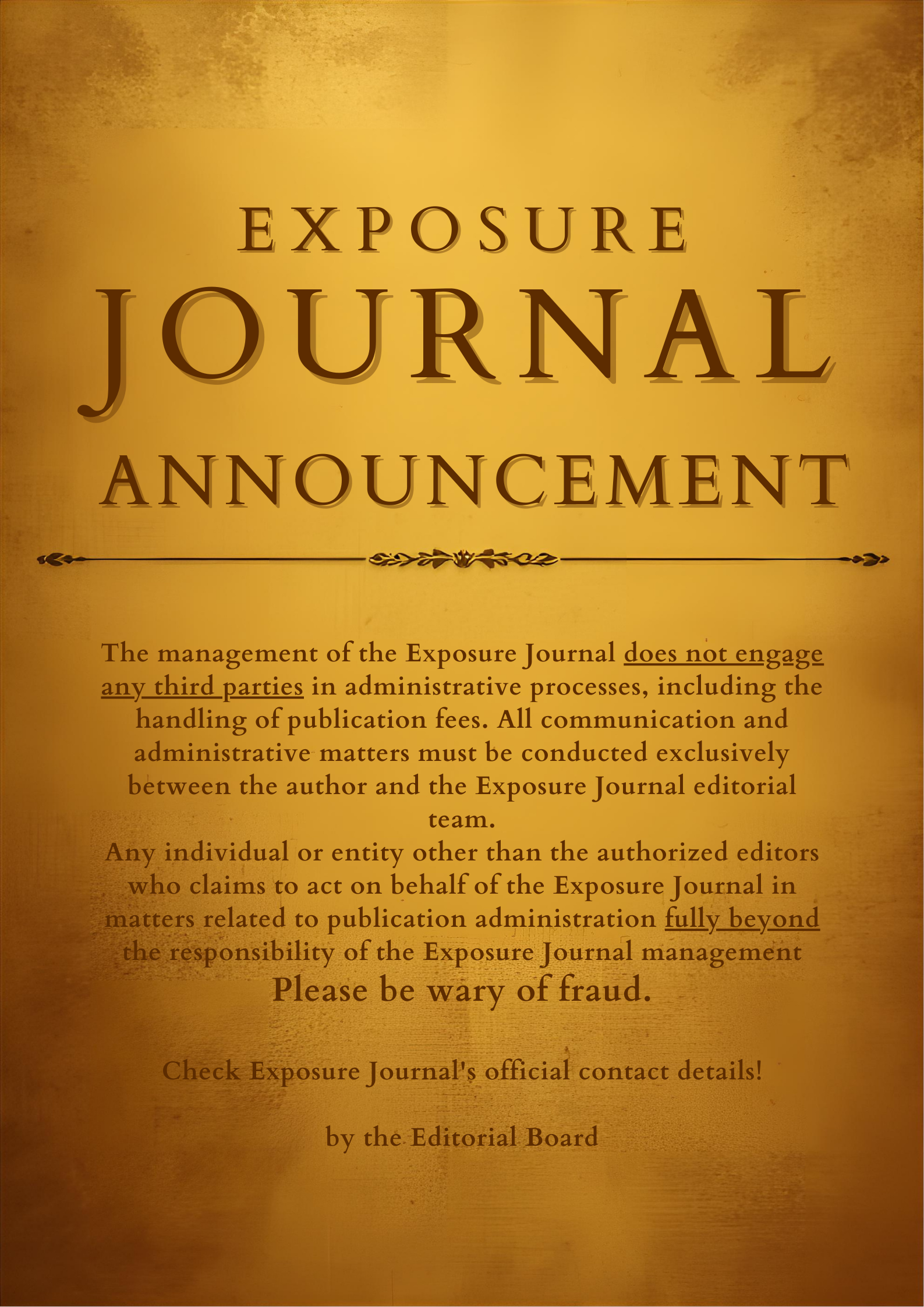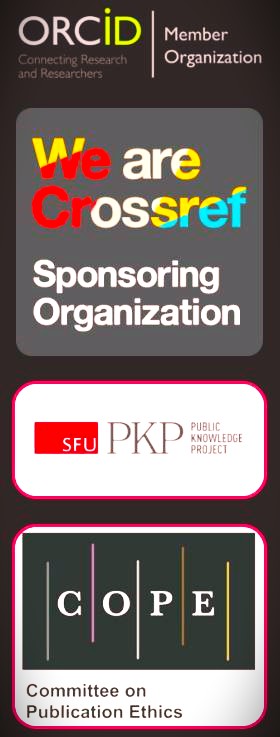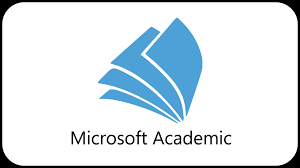THE IMPLEMENTATION OF CODE MIXING AND CODE SWITCHING IN EFL CLASS
DOI: https://doi.org/10.26618/exposure.v11i2.9059
Switching, EFL Classroom, English Language Learning
Abstract
Language plays a crucial role in communication. English is regarded as a foreign language and is a required subject, particularly in Indonesian secondary schools. Every citizen spoke at least two languages, namely their mother tongue or regional language (B1) and Indonesian (B2). Despite the fact that they also use mother tongue or regional language in daily life to express respect and familiarity with interlocutors from the same group, Indonesian is typically used in both formal and informal contexts. This means that Indonesian students have limited exposure to English because English is only used in formal contexts and is rarely used outside the classroom. In language classrooms, code-switching is a strategy used to facilitate conversation. However, code-switching and code-mixing can help students improve their English speaking skills. The purpose of this study was to investigate how teachers and students implement code switching or mixing in EFL classrooms. This research method employs qualitative research by describing and identifying patterns directly associated with particular phenomena. The outcome demonstrated that code switching or code mixing in EFL classrooms can be an effective educational strategy.
References
Adjei, A. A., & Ewusi-Mensah, L. (2019). Code-Switching And Code-Mixing among University Lecturers In Formal Interactions With Students. Journal of Language and Linguistics, 6.
Akhtar, H., Khan, A., & Fareed, M. (2016). Code-mixing and code-switching in EFL/ESL context: A sociolinguistic approach. Balochistan Journal of Linguistics, 4, 29–42.
Ansar, F. A. (2017). Code Switching and Code Mixing in Teaching-Learning Process. English Education: Jurnal Tadris Bahasa Inggris IAIN Raden Intan,, vol. 10, no. 1, pp. 29-45.
Hymes, D. (. (1974). Studies in the history of linguistics: Traditions and paradigms. Bloomington: Indiana University Press.
Millions, b. s. (2021, December 11). The most spoken languages worldwide in 2021. Retrieved from https://www.statista.com/statistics/266808/the-most-spoken-languages-worldwide/
Pardede, H. (2006). Introduction to Sociolinguistic. . Pematangsiantar: The Faculty of Teacher Training and Education, HKBP Nommensen University.
Shafi, S., Kazmi, S. H., & Asif, R. (2020). Benefits of code-switching in language learning classroom at University of Education Lahore. International Research Journal of Management, IT and Social Sciences, 7(1), 227-234.
Siddiq, R. A., Kustati, M., & Yustina, L. S. (2020). Teachers’ Code Mixing and Code Switching: Insights on Language Barriers in EFL Classroom. Al-Ta Lim Journal, 27(1), 80–91. https://doi.org/10.15548/jt.v27i1.606
Yoestara, M., & Putri, Z. (2019). PODCAST: An alternative way to improve EFL students’ listening and speaking performance. Englisia Journal, 6(1), 15. https://doi.org/10.22373/ej.v6i1.3805
Yulia, Y. (2014). An evaluation of English language teaching programs in Indonesian junior high schools in the Yogyakarta province.
Tanveer, M. (2007). Investigation of the factors that cause language anxiety for ESL/EFL learners in learning speaking skills and the influence it casts on communication in the target language. University of Glasgow, Scotland
Downloads
Published
How to Cite
Issue
Section
License
Authors who publish with this journal agree to the following terms:
In order to assure the highest standards for published articles, a peer review policy is applied. In pursue of the compliance with academic standards, all parties involved in the publishing process (the authors, the editors and the editorial board and the reviewers) agree to meet the responsibilities stated below in accordance to the Journal publication ethics and malpractice statement.
Duties of Authors:
- The author(s) warrant that the submitted article is an original work, which has not been previously published, and that they have obtained an agreement from any co-author(s) prior to the manuscript’s submission;
- The author(s) should not submit articles describing essentially the same research to more than one journal;
- The authors(s) make certain that the manuscript meets the terms of the Manuscript Submission Guideline regarding appropriate academic citation and that no copyright infringement occurs;
- The authors(s) should inform the editors about any conflict of interests and report any errors they subsequently, discover in their manuscript.
Duties of Editors and the Editorial Board:
- The editors, together with the editorial board, are responsible for deciding upon the publication or rejection of the submitted manuscripts based only on their originality, significance, and relevance to the domains of the journal;
- The editors evaluate the manuscripts compliance with academic criteria, the domains of the journal and the guidelines;
- The editors must at all times respect the confidentiality of any information pertaining to the submitted manuscripts;
- The editors assign the review of each manuscript to two reviewers chosen according to their domains of expertise. The editors must take into account any conflict of interest reported by the authors and the reviewers.
- The editors must ensure that the comments and recommendations of the reviewers are sent to the author(s) in due time and that the manuscripts are returned to the editors, who take the final decision to publish them or not.
Authors are permitted and encouraged to post online a pre-publication manuscript (but not the Publisher’s final formatted PDF version of the Work) in institutional repositories or on their Websites prior to and during the submission process, as it can lead to productive exchanges, as well as earlier and greater citation of published work (see The Effect of Open Access). Any such posting made before acceptance and publication of the Work shall be updated upon publication to include a reference to the Publisher-assigned DOI (Digital Object Identifier) and a link to the online abstract for the final published Work in the Journal.

